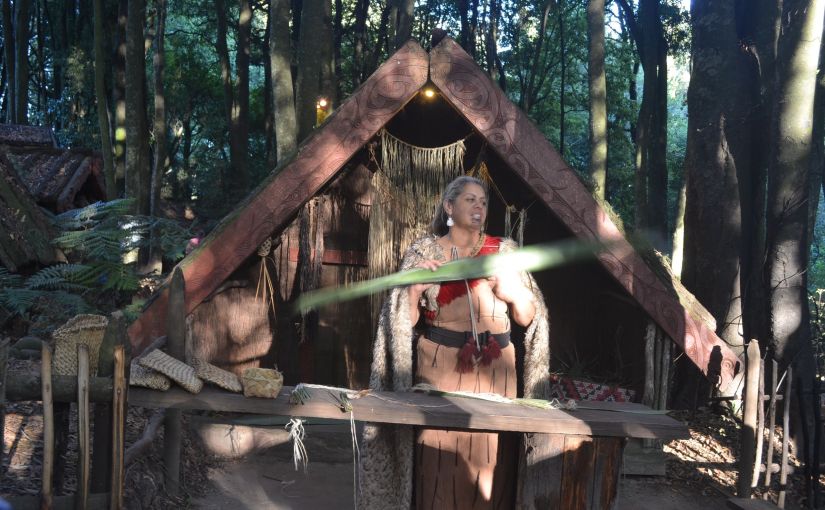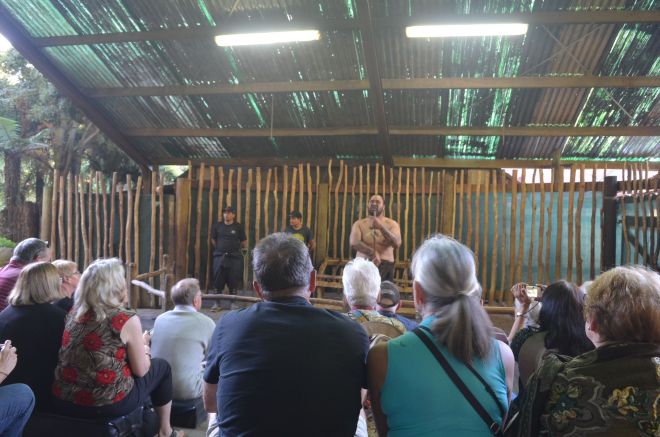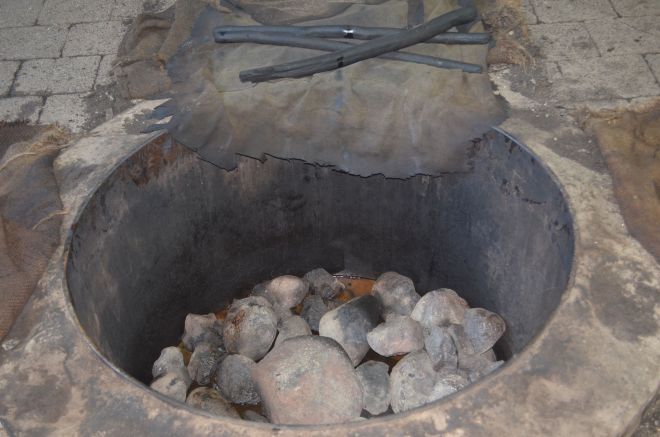We arrived in Rotorua just after 1.00pm on our second day of our New Zealand. We were transferred from our Great Sights Coach at the Agrodome to a smaller vehicle, which ferried all the passengers intending to stay in Rotorua to our designated stop. Ours was the I-Site, which is right in the town centre. Rotorua is the 10th largest urban area in NZ with a population of 56,200. It is the centre of Maori culture, farming and geo-thermal activities. Rotorua comes from two Maori word: Roto meaning Lakes and Rua meaning Two. It is named after the Rotorua Lake which is the second largest lake for the Maoris.

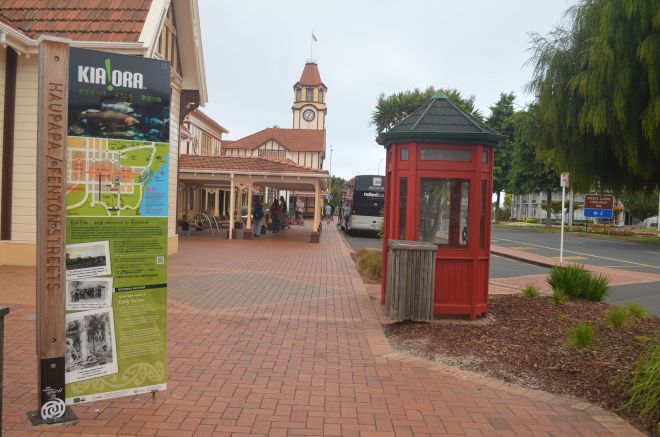
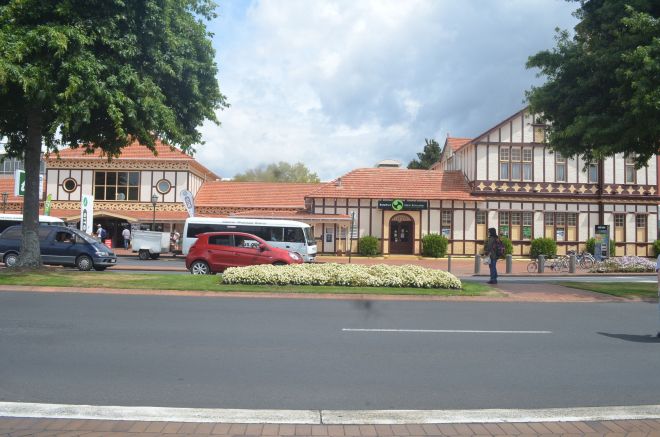
After getting my sister’s medication from a clinic close to the I-Site, we made our way to our hotel, the Roto Vegas Motel. It is situated about 10-minutes walk from the I-Site, within what is known as the Motel strip in Rotorua, as there are hotels/motels next to each other for the whole length of the street. As soon as we arrived, we were pleasantly informed that my sister’s luggage had arrived. So now, she had too spend almost RM300 for a week’s supply of medication! At least she did get her bag within 2 days! The motel is provides full facilities including a kitchen with the necessary utensils. There are also 2 supermarkets and several fast-food close by, that is Mc’Donalds and Carl’s Jr. It is however, a bit of a distance from the town centre, but other than this inconvenience, the hotel was comfortable and well-equipped. The staff was also pleasant, helpful and friendly.
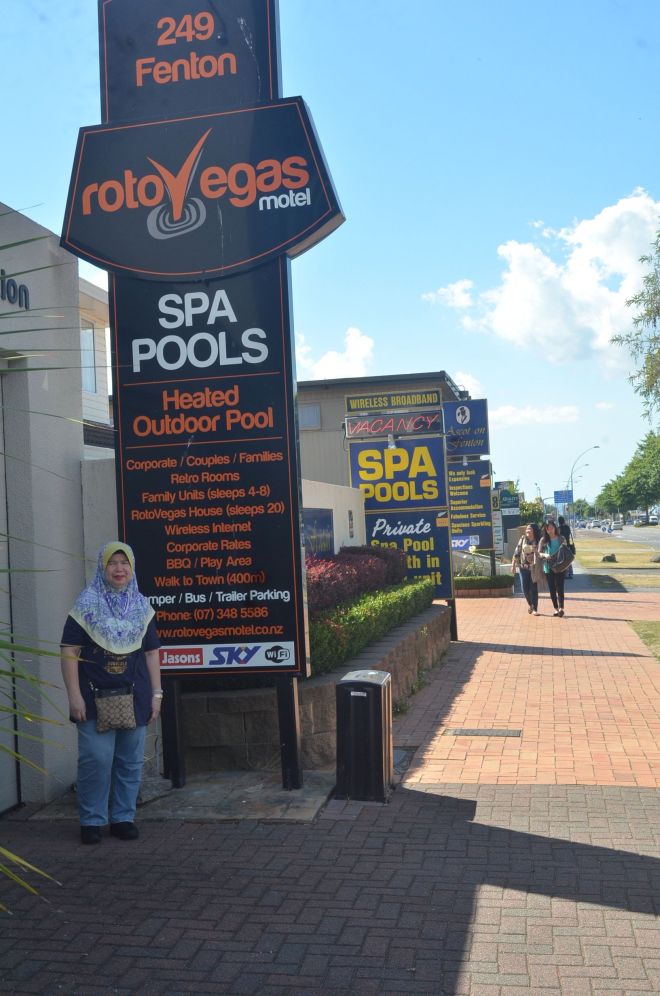

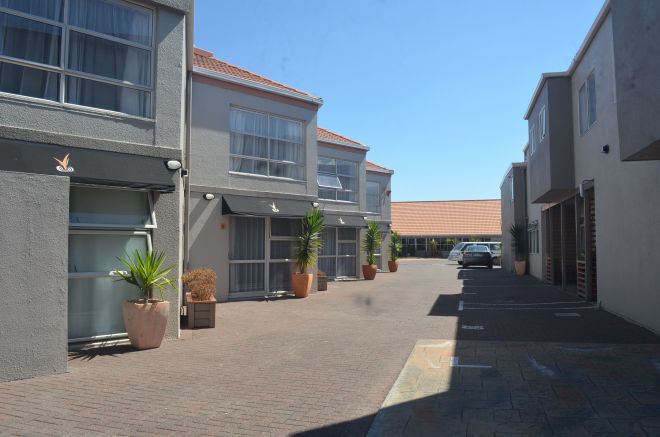
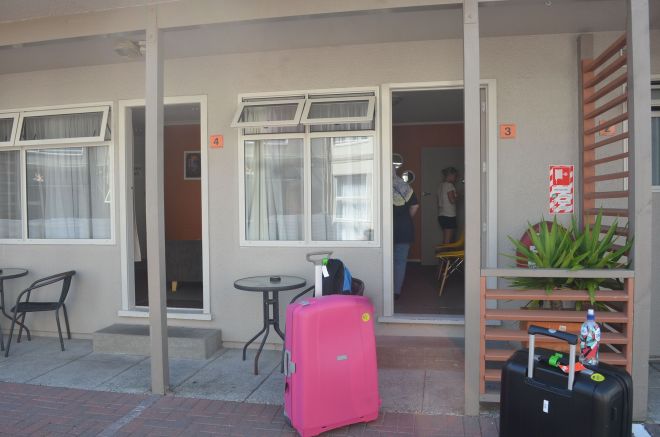
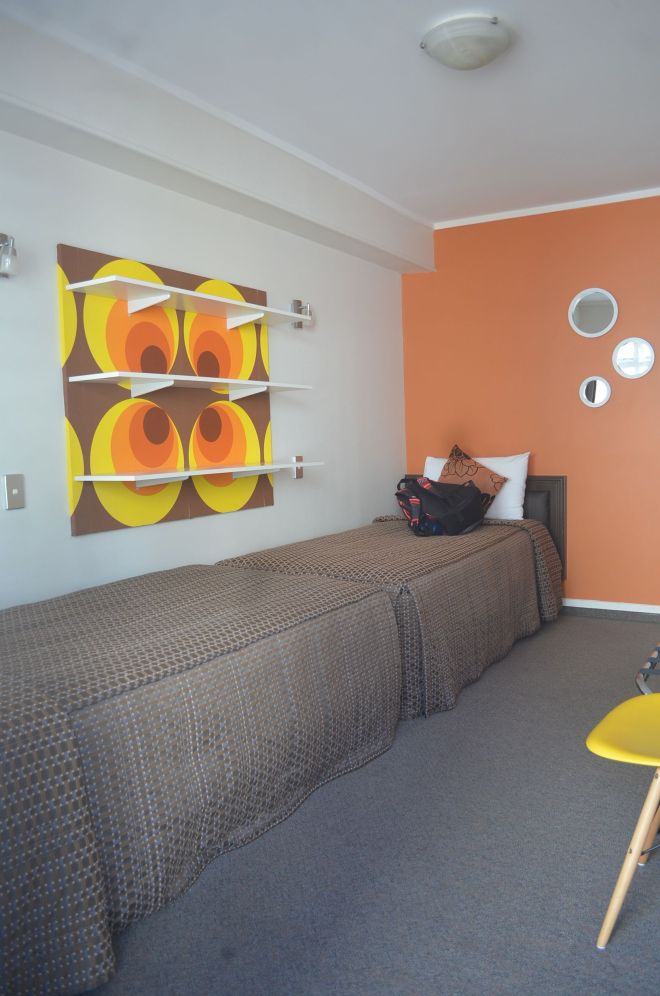
In the evening, we went to Tamaki Village to get an insight into Maori Culture. we were picked up by the Tamaki Experience people from our Motel to the Tamaki Experience Office at Hinemaru Street, which is adjacent to the Rotorua Museum of Arts and History, Government gardens and the Polynesian Spa.We were then brought by bus to the Village, which is about a 40-minute drive from the office.
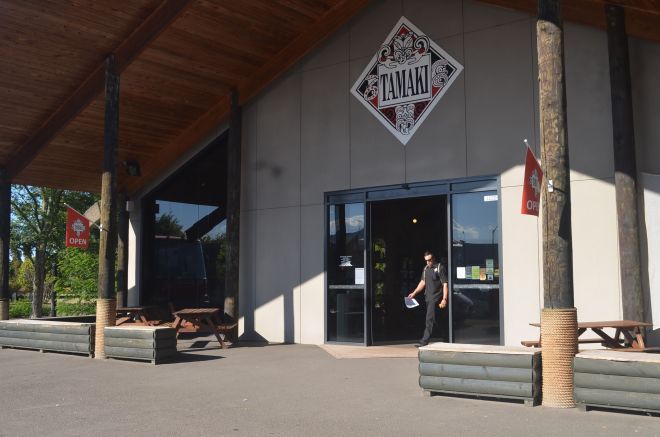
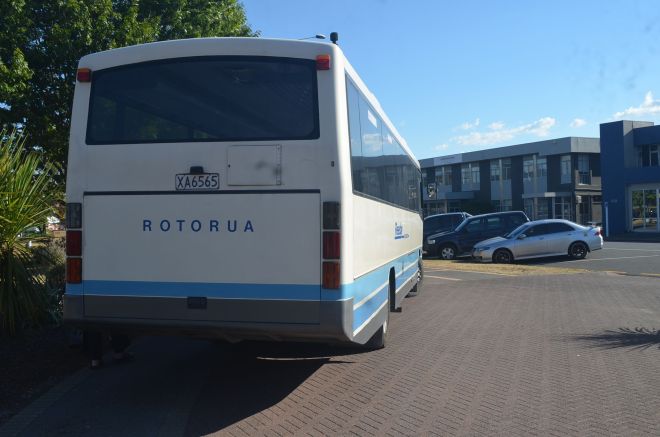
At the village, we were greeted by the chief and his scouting party.



Next we were brought to view the various trades and crafts practiced by the Maoris in ancient times. This include basket weaving/costume making by the women, tattooing and war games by the men. The male guests were also taught the “Haka” or the War Dance which is performed by the Kiwi All Blacks before starting their rugby matches. Guests were also invited to participate in some of the exercises practiced by the warriors and stick games.

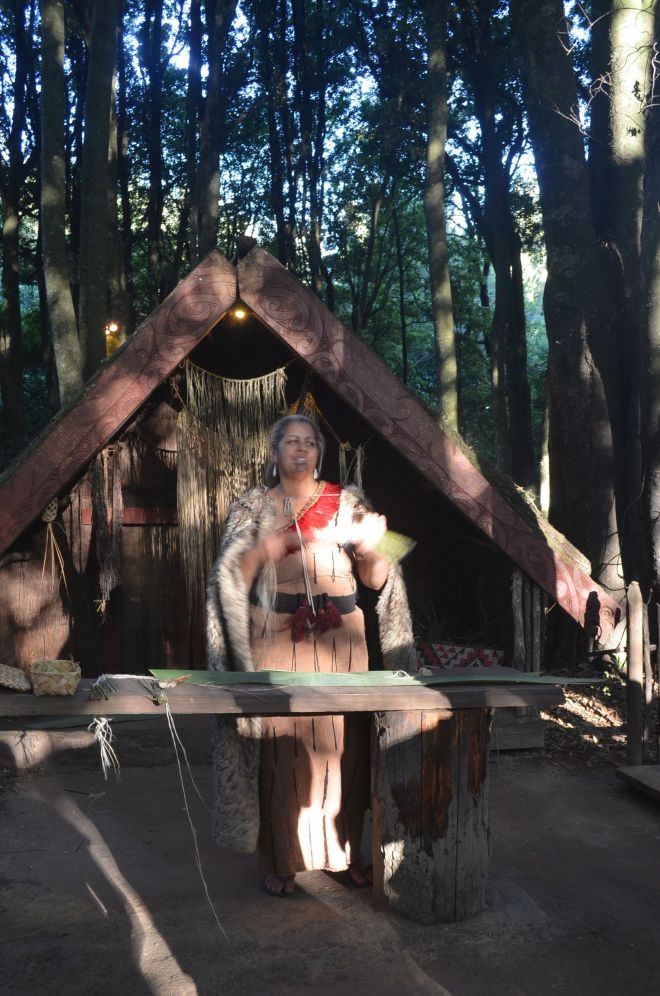
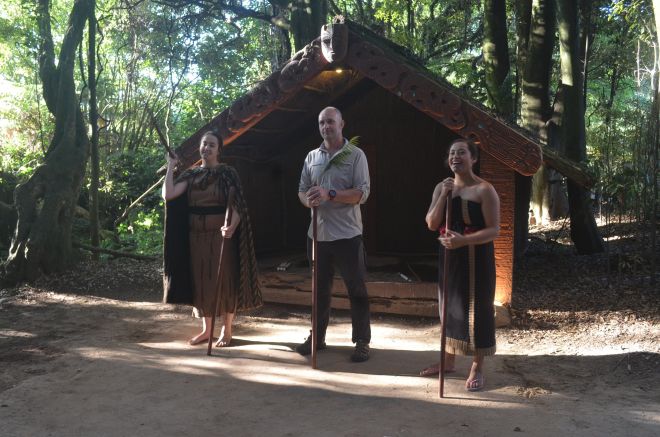
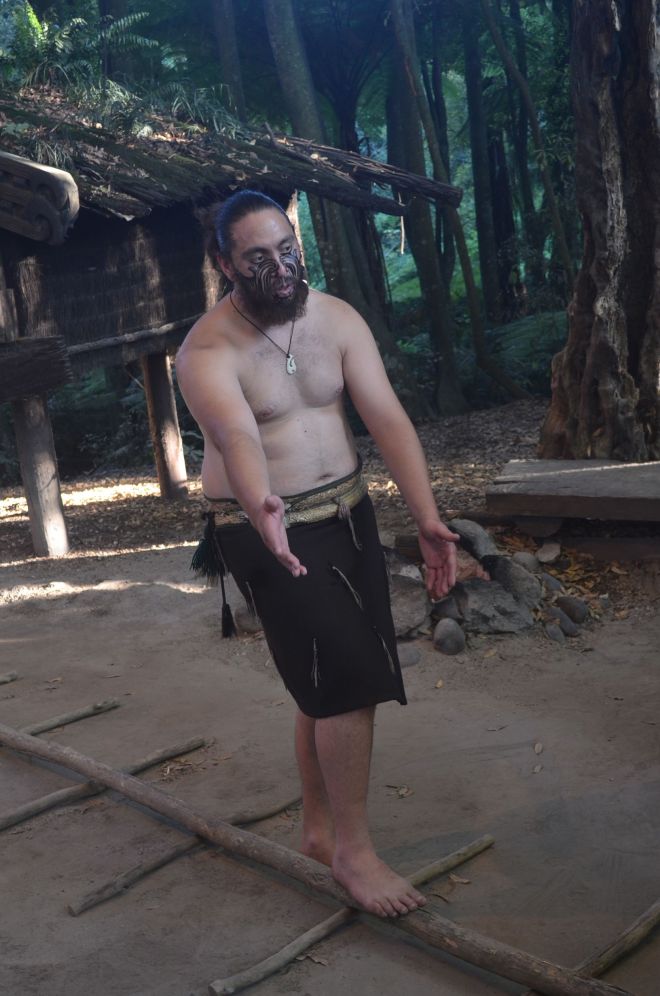
We were then shown how the Maoris used the geo-thermal steam to cook our ‘hanggi’ dinner. This is where they stack layers of meat in an underground peat and is cooked slowly (around 5 hours) in its own juices. Later after some cultural performance, we were treated to a bountiful Hanggi dinner. There were plentiful of food choices for all including vegetarians and for us who couldn’t partake the meats due to religious belief.It was a good insight to Maori culture and we had an enjoyable dinner as well!
